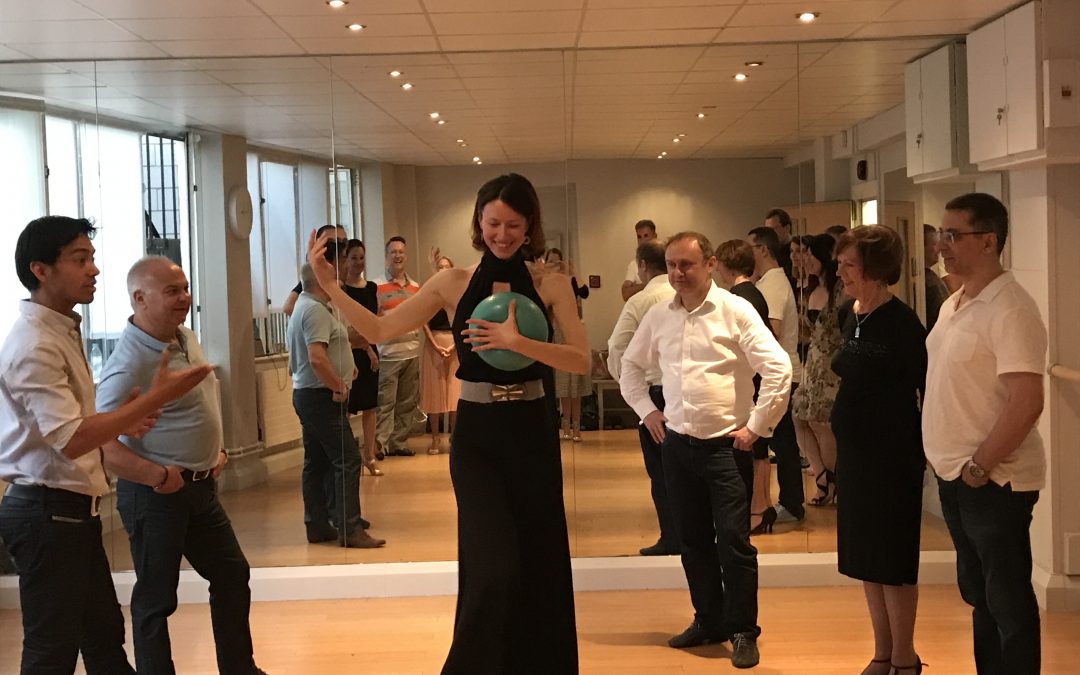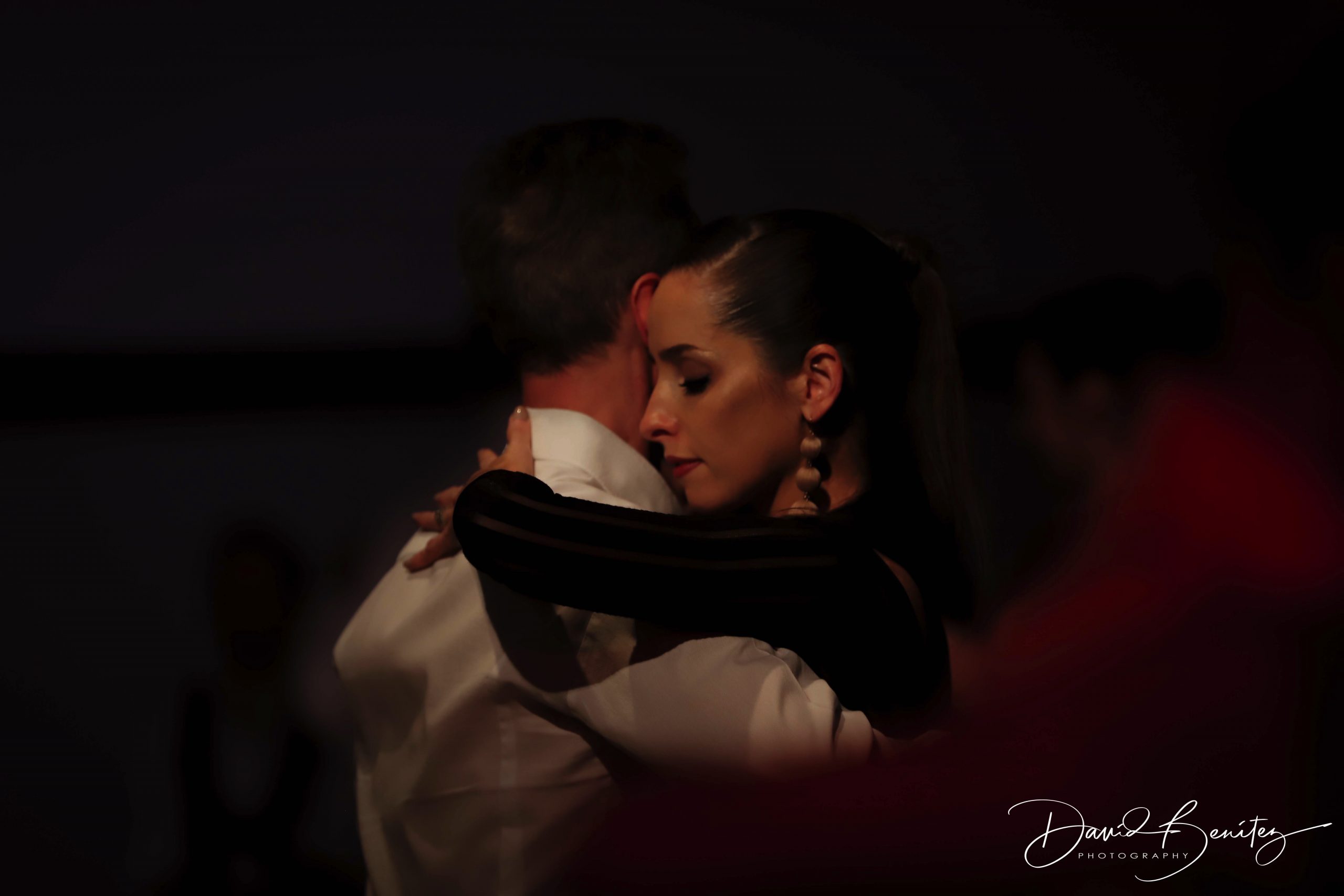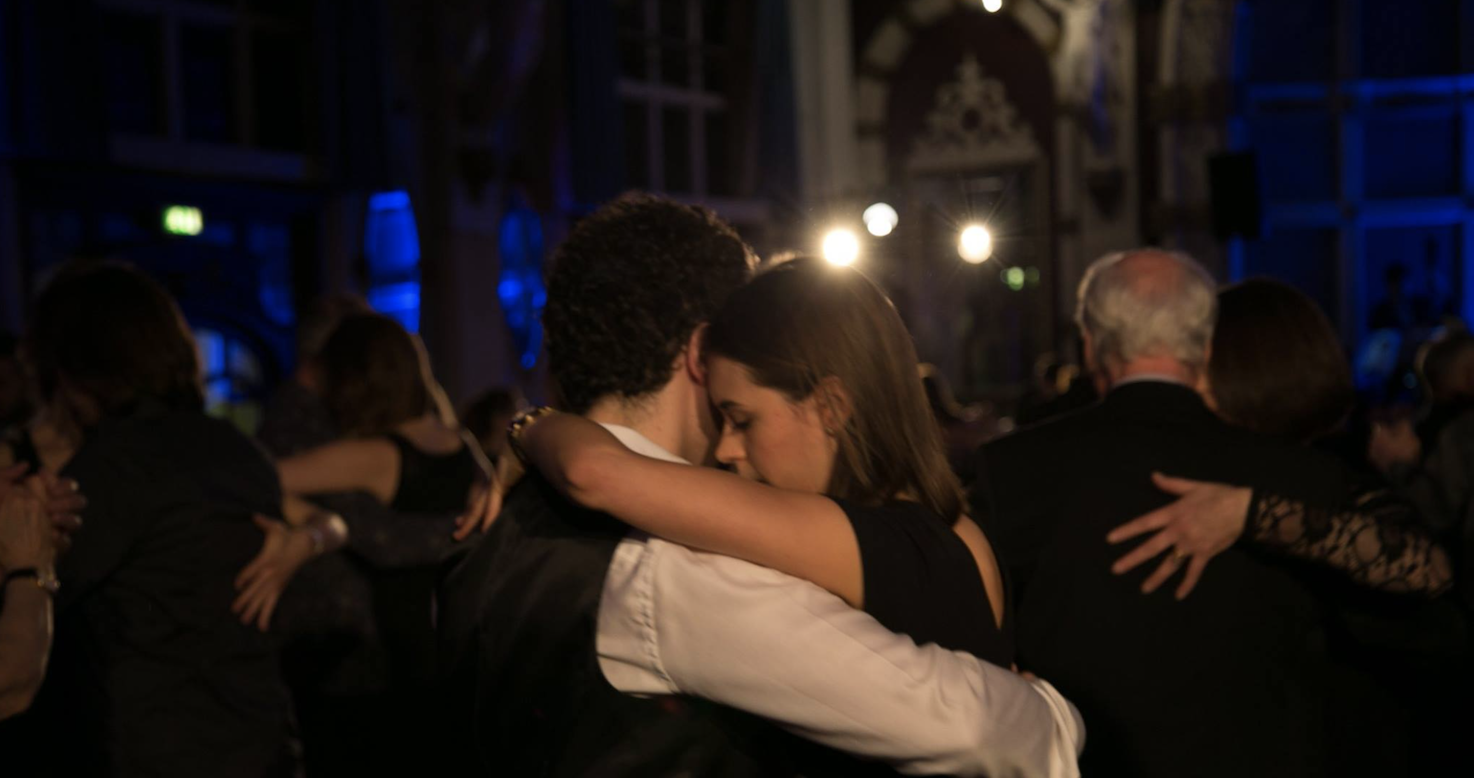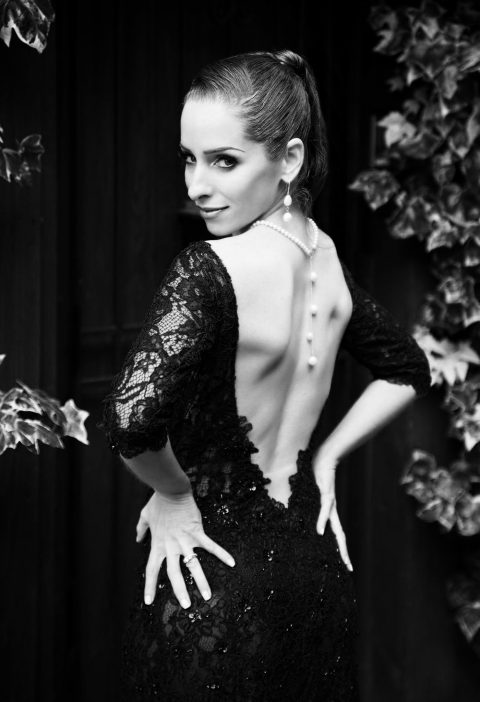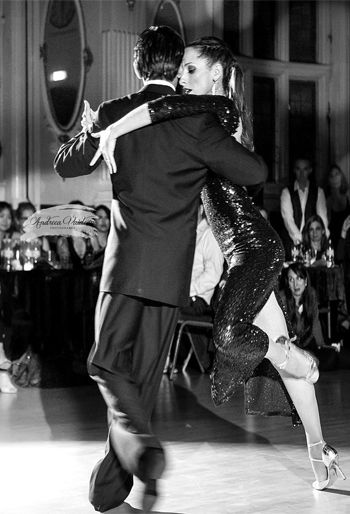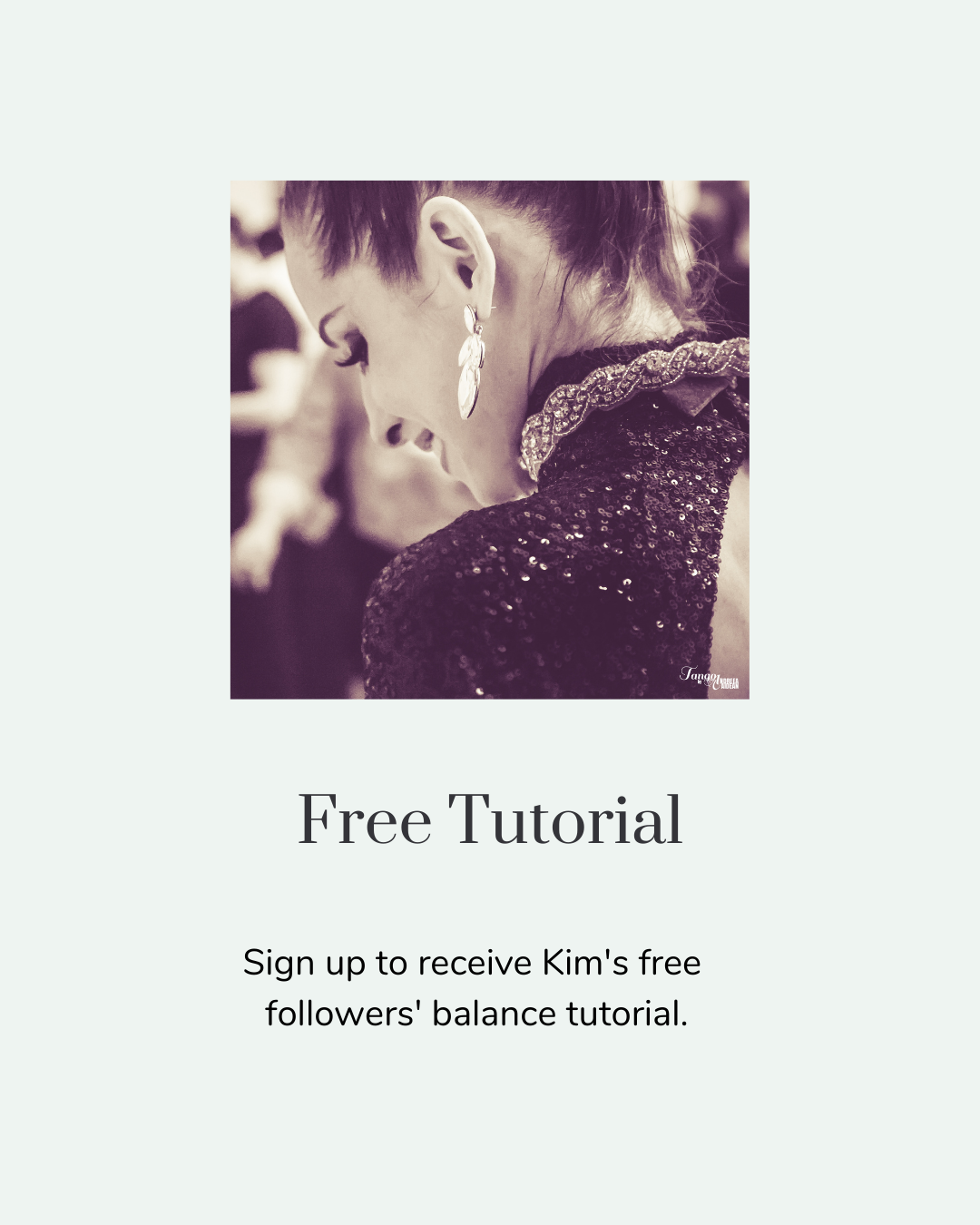I often think how wonderful it is to be at the start of your tango journey with so many amazing discoveries ahead of you.
For many people, the first few years of studying tango is a little like falling in love. You wake up in the morning and you immediately start planning how youʼre going to dance that day. You never leave the house without your dance shoes “just in case”. And your non-tango friends start to get a glazed expression whenever the subject turns to tango … again!
But the path is not always smooth. Learning a new skill has its challenges. You will have your setbacks – days when things just don’t seem to come together. And then there is the issue of dealing with conflicting information …
Has it already happened to you? One teacher tells you one thing. And then another tells you the exact opposite! It can be quite confusing!
In this article, I thought it would be useful to talk about this issue, why it arises and how best to deal with it.
The Tango Rule Book
There is no tango rule book.
Yes, you can buy tango books, DVDs, online courses, but just like when you take a class, they will just tell you about their particular method. There are no official rules in tango and actually most of us “tangueros” like it that way.
Tango is a little bit like folklore … it is passed down from generation to generation for those who love tango and are committed to study it. This can mean that it is a little less structured than some other dances and yes it can sometimes mean that there will be some inconsistencies.
It creates however a much more free and creative dance, and one that can evolve. There is no penalty for breaking a rule and, in my opinion, this is what has allowed tango to become what it is today.
Other Dance Forms
Inconsistencies don’t just arise because there is no rule book. Even in the most structured of dances, youʼll find different styles and methodology.
In ballet for example, there are different schools: English, Russian, French, Cecchetti and so on. But even within one school, one teacher may differ in detail from another.
So itʼs good to know that in tango weʼre not alone!
Different Approaches
Sometimes it can appear that you are receiving conflicting information but in fact it is just a different way of explaining the same thing. It may take a few months or even years to realise this.
For example on teacher might tell you to move your shoulders, the other your back, but really it is just a different way to approach the same movement and does not dramatically alter things.
Different Styles
It is important bear in mind that with any teacher you will inevitably be learning their style, their way of doing things. It would be a very boring world if we all danced the same! If you are confused that two teachers have told you to do something differently, simply watching them dance can be very revealing!
Eventually you can decide which style you prefer or perhaps which feels more “you”. Or why not be a magpie, collecting different tips from different dancers to help make your dance unique?
ASK!
There are other reasons for inconsistencies. A teacher might have chosen to simplify information so as not to give you too much information at once and confuse you.
The information might have been context specific.
But a simple solution is always to ask!
If a visiting teacher from Buenos Aires tell you something that doesn’t make sense to you or that it conflicts with your prior understanding, always try to delve deeper. A good teacher will be happy to help. In my experience most questions that start: “this is probably a stupid question …” are the complete opposite!
Find Your Path
As dancers, we are all unique. Movements, techniques and styles will all suit us differently. It is tricky when you are a beginner, but as time goes on, youʼll increasingly be able to find your own path.
Over the years, you may even find your tastes change or that as your experience grows, youʼre able to adopt new ideas that previously you werenʼt ready for. Adapting the way you dance as time goes on is not necessarily a backward step – it is part of the learning process and can be fascinating!
And the more we see things as options, ideas to be explored – not gospel – the more enjoyment we can find in learning tango.
Find a Mentor
In all of this, it is good to have a mentor, someone you can always ask when you get confused.
We encourage our students to come and tell us what they have learnt from other teachers. Having someone you can bounce ideas off can really help you to piece together the little pieces of information to make a fuller picture.
I hope this post will help you deal with any confusions you may have on your tango path, paving the way for an easier, smoother and ultimately more enjoyable journey!

